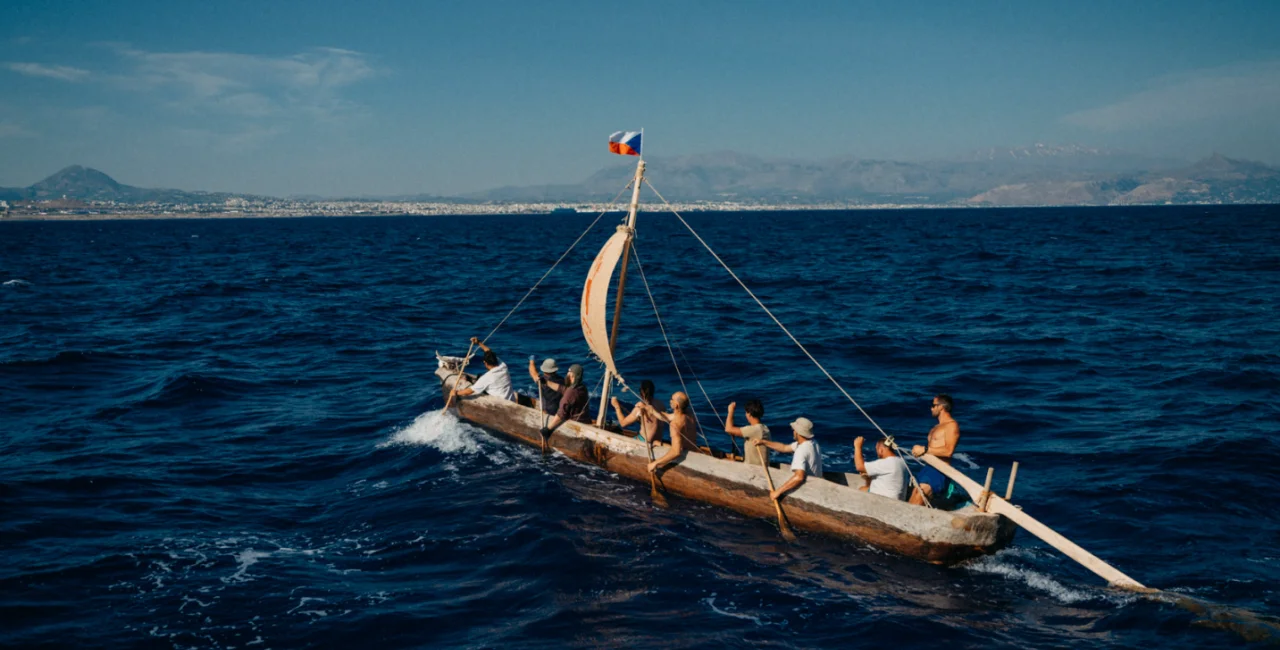Before setting sail for the Aegean Sea in the summer, experimental archeologists tested a wooden ship on the Rozkoš reservoir in Náchod Region last weekend. Expedition organizer Radomír Tichý, an archeology professor at the University of Hradec Králové who is also the director of the Všestary Archeopark, told ČTK that the crew of the Monoxylon IV Expedition still needs a doctor, but other than that it is complete.
On Friday, the first day of the tests, the boat included live sheep, a cargo that archeologists thought was difficult to transport. "We had a wooden cage prepared that did not protrude, the sheep could not see the surface, which is a prerequisite for them to be calm,” Tichý said, adding there were “no major problems” with transportation.
PARTNER ARTICLE
Still, due to legislative hurdles, the team won’t transport live animals across the Aegean Sea, but instead, use bags of gravel to simulate the cargo.
Hradec archeologists organized several maritime expeditions in wooden boats, starting in 1995. The expedition scheduled for this summer, which is the third one, is called Monoxylon IV. According to its website, the Monoxylon Expeditions bring together the science of experimental archeology and the adventure of sea navigation. Their name comes from the Greek word “monoxylon,” (short version monoxyl), which means a simple vessel chiseled out from a single tree trunk.
According to its organizers, the aim of the expeditions “is a practical verification of the abilities of simple wooden vessels - monoxyls, in the spreading of early agricultural populations through the Mediterranean.”
Monoxylon IV at a glance
- The expedition will be one month long, starting in mid-June.
- The boat’s crew consists of 22 people.
- The expedition should be around 550 kilometers long, start from the Greek island of Samos and end in the Peloponnese peninsula.
- The load that the group will carry weighs between 400 and 450 kilograms.
- The crew members made the wooden boat partly with the help of replicas of Neolithic stone tools.
- The boat is made from a 300-year-old oak tree and weighs 3 tons.
Tichý told iDnes last year that one of the goals of this expedition was to make wind and wave records offering "more hard facts about the voyage of the experimental vessel." He added that the expedition didn't receive any money from the state, but was financed through sponsorships, and the participants' own money.
The researcher added that, while the crew was looking forward to the "adventurous event," he also felt the weight of responsibility for everyone, especially given the unpredictable weather in the Mediterranean Sea.












 Reading time: 2 minutes
Reading time: 2 minutes 























